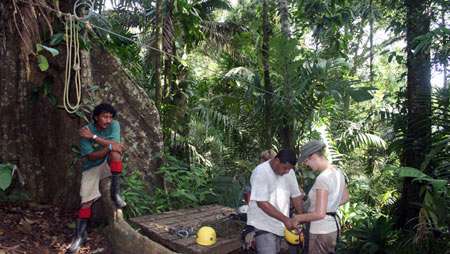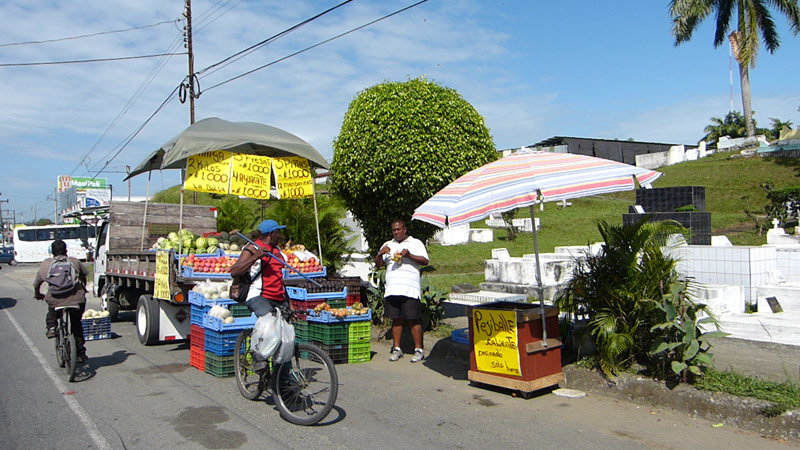facts about Costa Rica 
The profile of Costa Rica
Facts & Figures from Costa Rica
- Area of Costa Rica: 51,100 km²
- Population: 5.154 million Population density: 100 inhabitants/km² (Germany: 238 inhabitants/km²) as of 2021
- Languages: the official language is Spanish, but there are also Patois & indigenous languages
- The population of Costa Rica is diverse. Around 94% of residents have European and indigenous ancestry, 3% Afro-Caribbean, 1% Indian, 1% Chinese, and 1% other. The number of the population is estimated at just over 5 million, the population density is very low at an average of 100 people per square kilometer compared to Germany (Germany: 238 inhabitants/km²), but the density in the cities is significantly higher (as of 2021 ).
- Form of government: presidential republic, current president is Rodrigo Chaves Robles (as of 2023)
- Religion of the Ticos: 77% of the population is Catholic and 14% Protestant

- Capital of Costa Rica: San José, important cities: Alajuela, Cartago, Pto. Limón, Puntarenas, Liberia, San Isidro
- Coastline: Pacific 1020 km, Atlantic 250 km
- Extension of Costarica: North-South 464 km, East-West 259 km
- Highest mountain: Cerro Chirripó Grande at 3839 m
- Holiday: September 15th, Independence Day (1821 of Spain), the whole week is a patriotic week.
Climate and temperatures in Costa Rica:
Costa Rica lies in the tropical climate zone and the temperatures are approximately constant all year round. The climate there depends on the altitude and amount of precipitation. The dry season theoretically lasts from December to April on the Pacific side. From May onwards, winds can be expected predominantly from the southwest, which will cause precipitation on the Pacific side of Costa Rica. However, tropical depressions are causing rain in the Caribbean lowlands. The Pacific basin of Costa Rica has a variable humid climate with a dry season that lasts several months. However, because the entire global climate is changing, the climate cannot be predicted with certainty.
All in all, Costa Rica is a country that can be visited at any time without having to pay much attention to the climate or specific illnesses, although you may have to expect more rainfall in the months of September and October.
Environmental protection in Costa Rica:
Costa Rica is a world leader in environmental protection. Protected areas such as national parks and bioreserves make up more than a quarter of the country's area. It is the first tropical country to seek to reverse deforestation. The small country is home to 5% of all animal and plant species worldwide. Around 100% of the energy is now obtained from renewable sources and is even exported.
The economy, through a joint effort with the government, managed to make the small Central American country the first to reduce its CO2 emissions to zero by 2022. In Costa Rica, the export of bananas is, along with tourism, one of the main sources of foreign currency.




